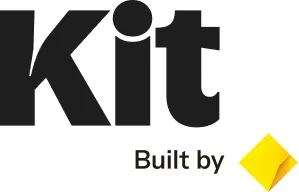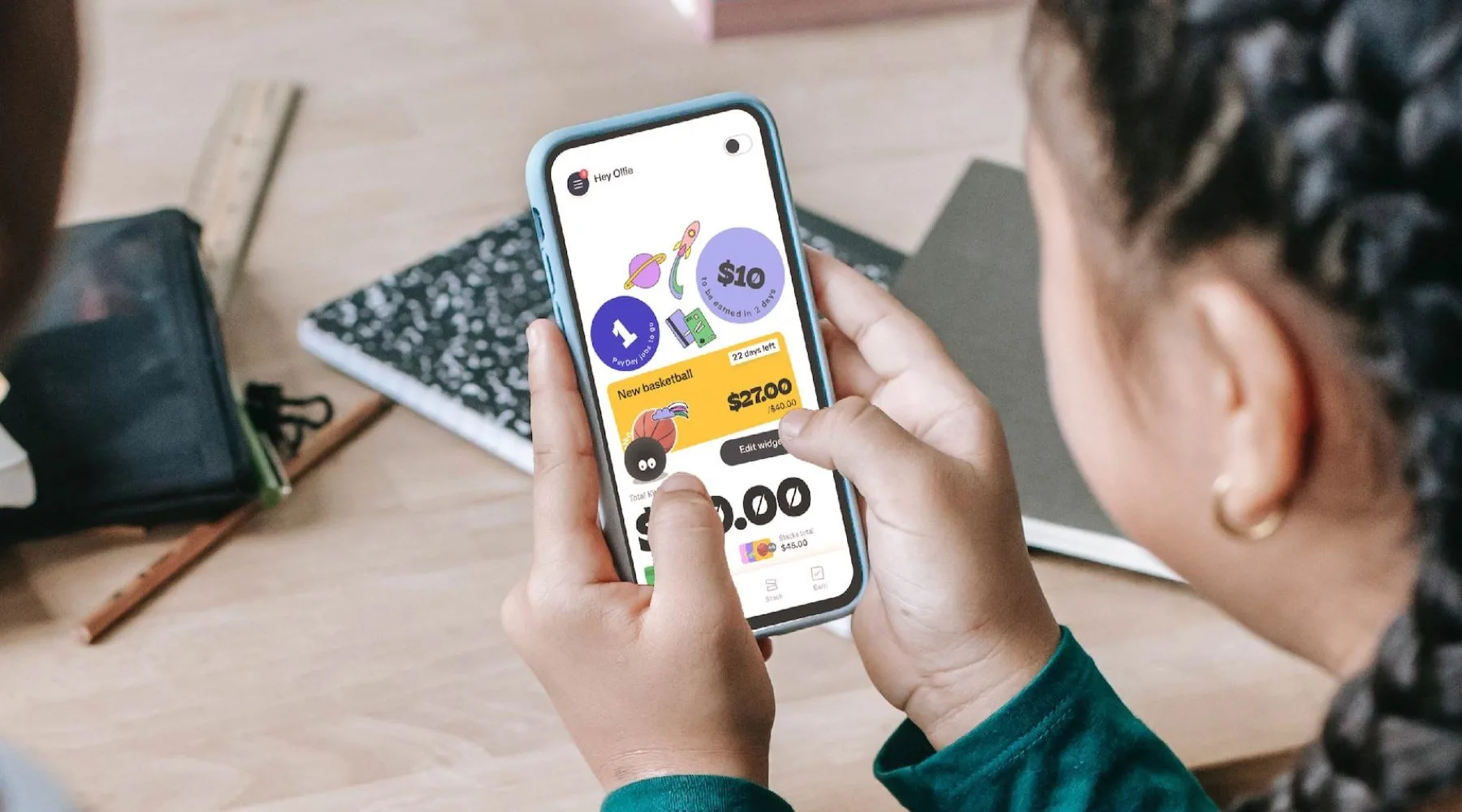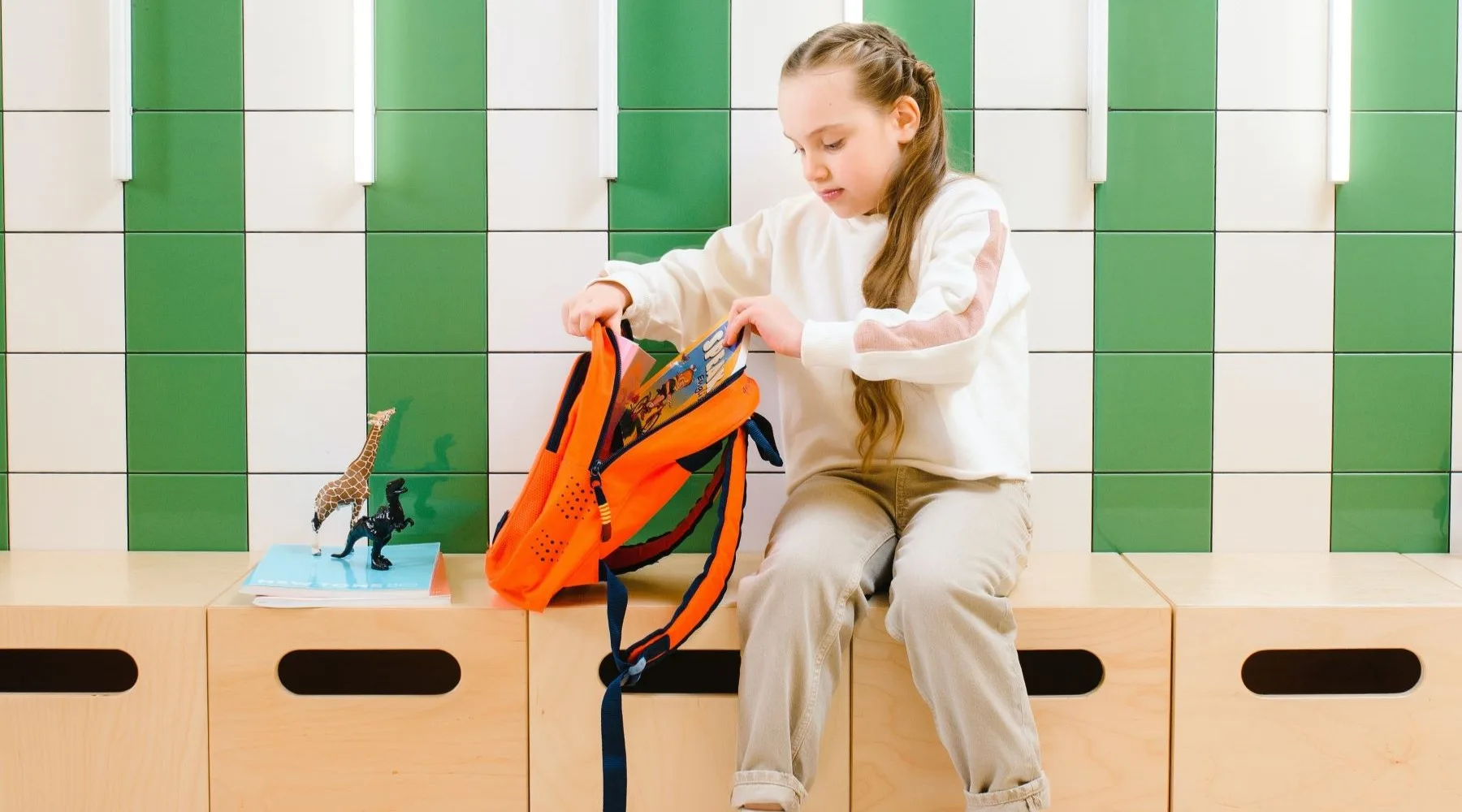6 ways you can talk to your kids about money for the new school year

Your kids are never too young to learn about managing money.
 Sponsored by Kit built by CommBank. Help your kids gain independence to learn, earn, save and spend. Sign up today and get $0 account fee with Kit. T&Cs apply.
Sponsored by Kit built by CommBank. Help your kids gain independence to learn, earn, save and spend. Sign up today and get $0 account fee with Kit. T&Cs apply.
Kids are never too young to start learning about money. It helps them with essential skills that will benefit them throughout life – setting goals, discipline, impulse control and saving, to name a few.
As a parent, there are a huge number of ways that you can help your child learn about finance. These are some of the great ways you can help them get set up with financial skills for life – just in time for the new school year!
1. Introduce them to savings apps
Apps can be a really effective tool for showcasing savings skills to kids. They introduce kids to modern banking and get them used to using apps and technology to manage money.
There are a range on the market specifically designed for kids, that utilise features like simple graphics to illustrate concepts like savings goals, tracking earnings and upcoming expenses.
Let's look at Kit as an example. Kit is an app built by CommBank that's geared towards helping kids develop their financial literacy through tools like Savings stacks and spend limits.
Kit's Savings Stacks are especially built for kids. You're able to link your own account to it, transfer funds to your children's Kit account and help them to establish Savings goals for specific items.
Alongside the app, the Kit account also comes with a physical prepaid card for your child. The card introduces them to using digital funds rather than just cash, helping ready them for real-life spending scenarios like tapping and shopping online.
You can also restrict access to specific vendors, so there's no need to worry about them spending money where they shouldn't be.
Every family's financial situation and goals are different, so make sure that you look for an app that's appropriate for your needs.

2. The school canteen
The school canteen can be a very powerful financial education tool for any parent.
When you give your kids some additional money – or they use their pocket money – for a treat at the canteen, they're being empowered with a number of financial skills.
Decision-making and budgeting are key. Their resources are limited, so they can't just buy anything and everything they want.
Additionally, as it's not an everyday cost for everyone, it's also a way to demonstrate the difference between wants and needs (more on them in a moment!).
3. Use pocket money to teach saving and budgeting
Pocket money is a rite of passage for many Australian kids. For many of us, it served as our first taste of financial independence, while also helping develop our formative attitudes to money.
Finder research showed that 49% of kids under 12 receive pocket money, with the average around the country working out to $9.80 a week. So it's important that you're involved in educating your kids with how they can use pocket money.
First and arguably foremost, it's an excellent springboard to saving. Some people even deposit pocket money straight into their kid's savings account.
But it also teaches them financial autonomy, too. It's a way to teach them to be able to learn to make smart purchasing decisions without having to defer back to the Bank of Mum and Dad.
For example, Kit built by CommBank allows you to set up a regular schedule of pocket money, called a PayDay. This teaches your child to get into the rhythm of receiving money on a schedule.

4. Give them a chance to earn for themselves
It's all well and good for kids to understand financial literacy in theory. But theory needs to be backed up with practical experience, too.
One way you can do this is by giving your kids the opportunity to earn money for themselves.
For younger kids, this may mean expanding their palette of chores and responsibilities around the home, in exchange for some extra cash.
In fact, some families tie pocket money directly to chores. There isn't a right or wrong approach – it's about what works best for you and your family.
For older kids, it may mean getting a part-time job for themselves.
And kids of all ages can be surprisingly entrepreneurial when they set their minds to it. This may be an opportunity for them to start a business for themselves – though make sure you keep a close eye on operations!
5. Discussing needs versus wants
Differentiating between "needs" and "wants" is something even a lot of adults have difficulty with. So the earlier kids are able to understand the distinction, the better.
Everyone's list will look different, but some easy and age-appropriate examples to point to include:
Needs
- Food
- School uniforms
- School supplies
- Medical care
Wants
- Toys
- Video games
- In-season clothes
- New music
- Streaming services
Discussing needs and wants can also be a great way to reinforce discipline around saving – particularly why some expenses are essential and others need to be saved for over a period of time.
It can also help them to better identify potential scams or get-rich-quick schemes as they get older, too.

6. Involve them in family conversations about financial decisions
Part of educating your kids about finance is ensuring that they're kept informed about family finances.
Now, it's important to note that this doesn't mean they should be overwhelmed with concerns about family debt or other serious issues. It's still best to keep it age-appropriate.
But it's still important for them to understand how wide-ranging financial considerations can be. It's an opportunity to inform them about the importance of weighing up different choices – and getting them involved in those choices to better understand financial decisions.
This can cover everything from decision-making around the weekly shopping list, through to major decisions like buying a car or a new home.
 Sponsored by Kit built by CommBank. Help your kids gain independence to learn, earn, save and spend. Sign up today and get $0 account fee with Kit. T&Cs apply.
Sponsored by Kit built by CommBank. Help your kids gain independence to learn, earn, save and spend. Sign up today and get $0 account fee with Kit. T&Cs apply.
